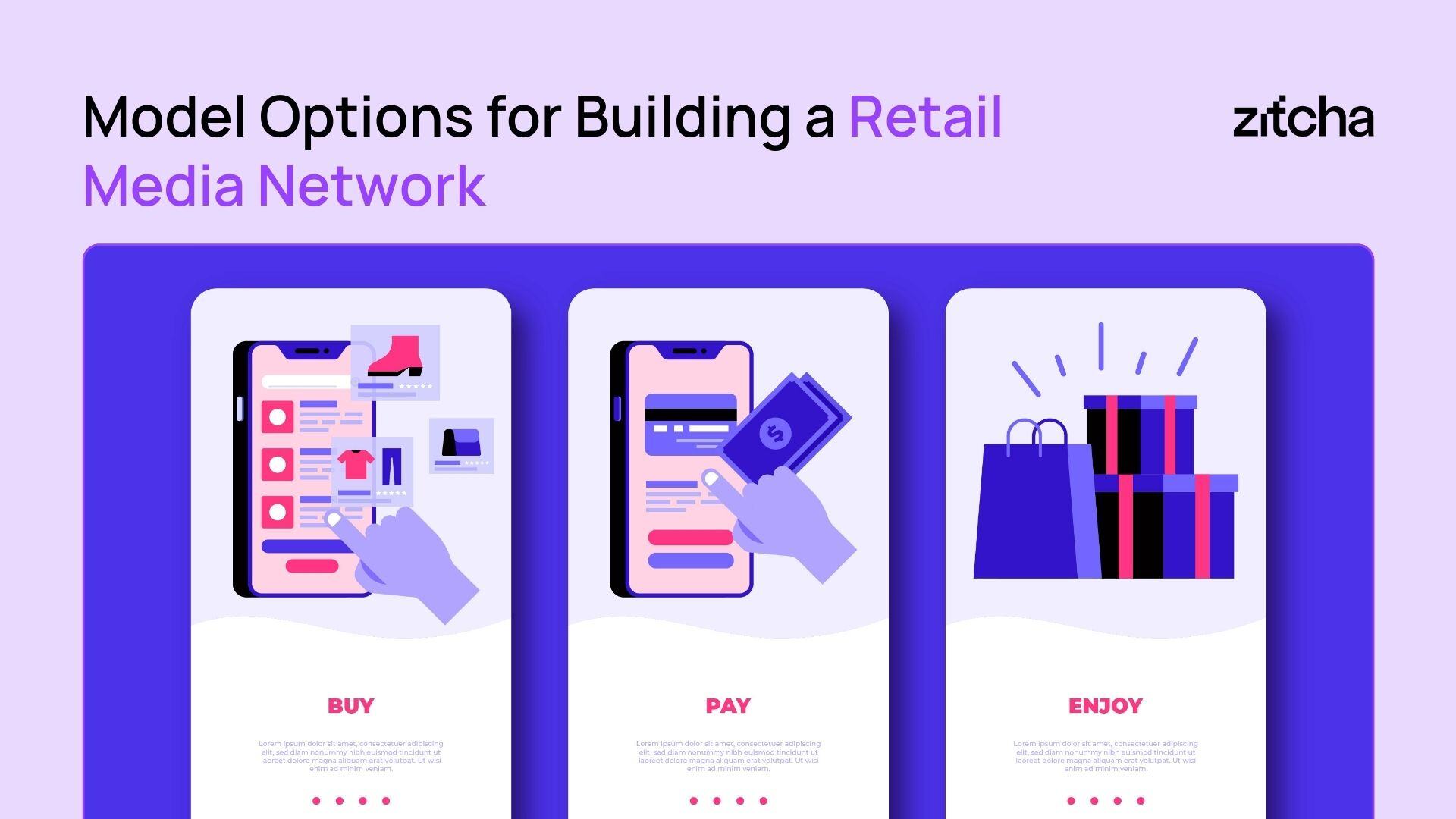

The retail industry has faced rapid transformation in recent years, from the pandemic and subsequent eCommerce boom to increasing iOS privacy measures and ballooning inflation.
In the face of all the change, a new breed of consumer emerged. Being stuck indoors for the best part of two-plus years gave way to tech-savvy, privacy-conscious bargain hunters who aren’t afraid to opt out of brands who fail to offer any real value to their lives – presenting a new challenge for retailers to evolve to meet customers’ expectations.
Enter Retail Media: the $180 billion opportunity that’s revolutionising advertising.
While retail media is not a new concept, it’s one of the fastest-growing segments in the digital era as retailers search for cost-effective advertising that doesn't rely on third-party cookies.
The growth of retail media is not only due to its ability to deliver high-margin revenue opportunities for retailers – typically between 50-90 per cent – the value for brands and customers is also undeniable.
For brands, having access to a retailer’s first-party customer data and their Retail Media Network (RMN) enables them to deliver personalised campaigns at scale, no matter where customers are on the purchase journey.
And on the receiving end, more collaborative retailer-brand relationships streamline the shopping experience to connect customers with the best products at the best prices (with minimal effort).
Enter Retail Media: the $180 billion opportunity that’s revolutionising advertising.
WHAT IS A RETAIL MEDIA NETWORK?
Before we look at how to go about establishing an RMN, let’s first break down what it actually is.
Put simply: an RMN is essentially an advertising business set up by the retailer that allows marketers and suppliers/brand advertisers to buy ad space across a retailer’s entire network, from online to offline and in-store.
The most obvious example of an RMN is Amazon, which launched Amazon Advertising ten years ago. Since then, the platform has grown astronomically to reportedly have a global revenue value of US $9.7 billion in the fourth quarter of 2021.
Since then, the RMN space has been predominantly made up of retail giants including Walmart, Instacart and Target, as well as Woolworths and Coles. Recently, however, smaller retailers have begun to follow suit in a bid to stake their claim in the growing industry.
When it comes to building an RMN there are three main business operating models depending on the size, scale and budget of the organisation. They are integrated, standalone and outsourced/partnership.
MODEL OPTIONS FOR BUILDING AN RMN
STANDALONE
To put them into context, Amazon Advertising falls under the standalone model as it has a separate business unit dedicated to driving its media strategy.
While establishing a standalone model can be costly, it enables an organisation to expand its offering beyond core assets without risking its current operations. However, having an independent unit can introduce conflicts of interest between departments and impact its synergy with existing processes.
INTEGRATED
The integrated model embeds media asset management into existing business units, allowing for alignment between traditional retail and media service offerings.
The integrated model's biggest benefit is proximity to customers and their needs, enabling retailers to be more flexible and tailor campaigns in response to expectations. However, the integrated approach requires hefty investment to restructure the organisation and build capacity, which can limit its scalability.
OUTSOURCED/PARTNERSHIP
Another option available to retailers is the outsourced/partnership model.
A popular choice for brands with smaller budgets or limited retail media knowledge, the outsourced model leverages third-party providers and their expertise to manage media assets. The biggest advantage of the outsourced model is its shorter time frame to establish an RMN and scale it. On the other hand, however, referring to external providers can result in a lack of direct control and influence over the media strategy, as well as an in-house capability. It also could present higher fixed costs in the long run.
BUT, THERE IS A FOURTH OPTION: ZITCHA
Just like El Paso, we believe there’s more than one way to enjoy tacos. Or in this case, retail media. That’s why we’ve taken the best parts of the standalone and outsourced models and added in our secret herbs and spices (aka our team’s 20+ years of expertise) to create Zitcha.
Taking a hybrid approach, Zitcha enables retailers to essentially “rent” our industry-leading solution that’s already done the hard yards so they don’t have to. In turn, they’re able to maintain their relationships with suppliers/brand advertisers, focus efforts on their core business and structure their team as they please for little/no investment.
Resulting in a competitive advantage as the retailer is placed in the best position for success, enabling quick scalability and long-term growth.
But that’s just the beginning. We’ve covered our steps to success in an earlier blog post here. Alternatively, read up on how you can leverage Zitcha’s cutting-edge technology to sell campaigns the way you want.
Not yet a partner of Zitcha and want to learn more about how we can work together to level up your business? Get in touch for a demo now.

.png?width=596&height=210&name=With%20title%20in%20the%20name%20(1).png)
